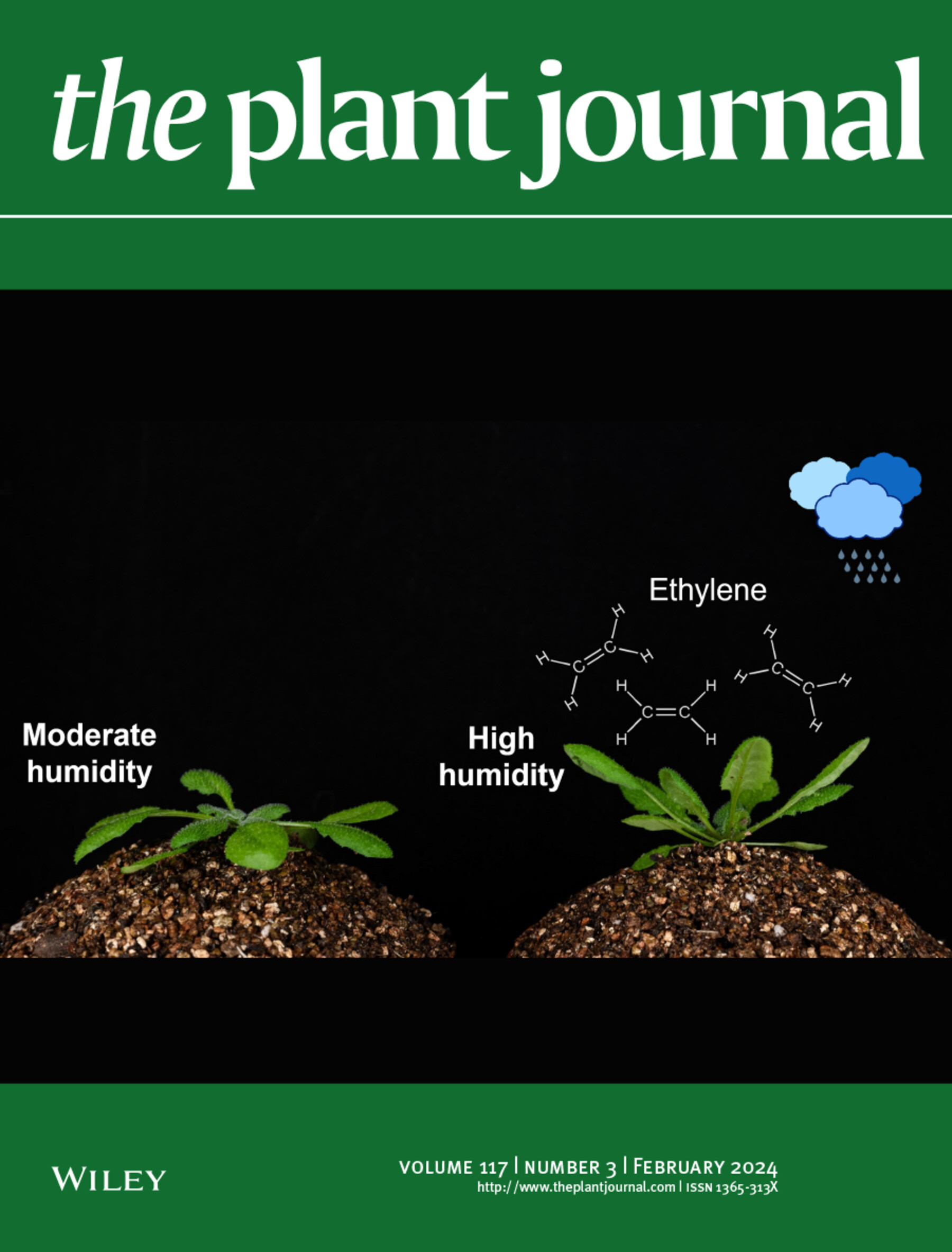Multi-Omics insights into OsZFP252-OsGA20ox5 mediated drought tolerance in rice through stomatal and vascular regulation
Abstract
Rice growth is highly dependent on water availability, and drought stress significantly impacts its entire life cycle. However, previous studies lack systematic investigations into drought-responsive candidate genes across the full life cycle of rice. This study integrates transcriptomic and phenotypic data from two rice lines, IR64 (drought-sensitive) and DK151 (drought-tolerant), under varied environmental conditions at distinct growth stages. Using k-means clustering, 13 369 genes were categorized into 17 distinct expression patterns, revealing drought-responsive genes specifically upregulated or downregulated under drought stress. Weighted co-expression network analysis (WGCNA) further identified four gene modules strongly correlated with drought-related phenotypes, co-localizing 2859 drought-responsive genes through both approaches. Proteomics and metabolomics were supplemented at the booting stage, where phenotypic and transcriptomic differences under drought were most pronounced. Integrated omics results demonstrate gibberellin (GA) and abscisic acid (ABA) pathways play a key role during drought tolerance in rice, and 79 high-confidence drought-resistant candidate genes were prioritized from the 2859 drought-responsive genes. Among these, Gibberellin 20-oxidase 5 (OsGA20ox5) was identified as a key negative regulator of drought tolerance. Furthermore, the transcription factor zinc finger protein 252 (OsZFP252) directly binds to the OsGA20ox5 promoter, repressing its expression and enhancing ABA biosynthesis, thereby improving drought tolerance by increasing stomatal closure and expanding vascular bundle water transport capacity. Notably, the drought-tolerant haplotype 2–4 (Hap2–4) of OsGA20ox5 provides valuable insights for drought-resistant breeding.


 求助内容:
求助内容: 应助结果提醒方式:
应助结果提醒方式:


